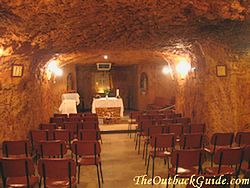http://www.newenergymovement.org/index.php

Ere many generations pass, our machinery will
be driven by power obtainable at any point in the
universe. It is a mere question of time when men
will succeed in attaching their machinery to the
very wheelwork of nature.
—Nikola Tesla
The World We Envision
Clean, safe, abundant, inexpensive energy for all… stabilized climate… clean and healthy water, food, and air for all… beautiful blue skies over our cities… low-impact, sustainable forestry and agriculture… beautiful landscapes unspoiled by wires and smokestacks… recycling of virtually all wastes… rivers running
free and natural… thriving sustainable local economies… living standards and education rates increasing… birth rates declining…
a global culture of sharing… unleashed human creativity…
a new and lasting era of world peace…
With a revolution in energy as the foundation of renewed and loving stewardship of our planet, we can transform our world into a beautiful and healthy home full of promise, opportunity, abundance, and peace for all of humanity.
Our Mission
The New Energy Movement acts to promote the rapid widespread deployment of advanced, clean, and sustainable energy sources across our imperiled planet. This transformation in the way our civilization generates and uses energy provides the best physical means to protect the biosphere, remediate ecological damage, and enhance the health and well-being of the global human family.
The New Energy Movement’s major priority is to educate the public, policymakers, and investors about the need to support research, development, and use of zero-point energy, magnetic generators, advanced hydrogen processes, and other little-known powerful energy technologies now emerging from inventors and scientists all over the world…
The Challenges
Critical and unprecedented challenges now face our civilization, inflicting a terrible toll on our people, our companion species, and the planet itself. If not reversed soon, they threaten to end human life on Earth.
Without a revolution in energy, we will not be able to act with the speed and scope demanded by the climate change emergency we face. With this revolution we will be able to create sustainable and just economic development required for world peace.
______________________________________________
Our survival will require
a vast and dramatic shift
in how human civilization
generates and uses energy.
______________________________________________
Read complete Mission Statement
:}
More tomorrow
:}









